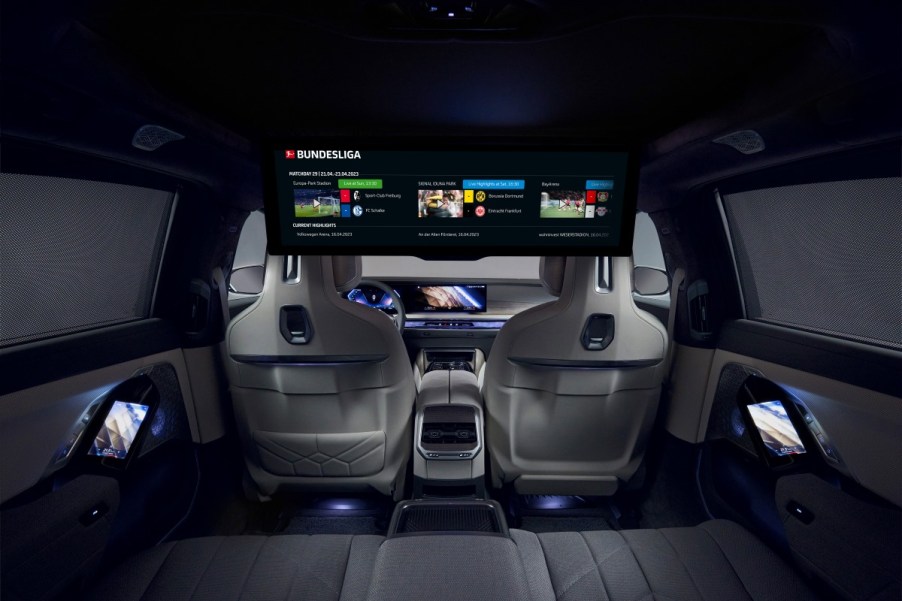
Are Screens Making New Cars Unsafe?
As with everything today, cars are growing increasingly connected and packed with tech. But these days, in-car technology is starting to get out of hand. Modern cars have more screens than ever, that’s not in doubt. But there are also so many features packed into these displays that I’m starting to wonder…are cars becoming too digital?

Not all technology is bad
It’s easy to simply malign all in-car tech as bad. But I can’t lay a blanket over the entire landscape of in-car tech and say it’s all terrible. Apple CarPlay and Android Auto are excellent additions to the infotainment experience. Digital keys make life easy for people who carry purses and want (or, unfortunately, need) to quickly hop in the driver’s seat and go.
And better yet, the ability to roll up the windows, start the engine, and adjust climate settings from a smartphone adds both convenience and comfort to every drive.
But here’s the thing. We could have stopped there.

The latest tech advances are becoming hazards
We’re well past necessary and even luxurious into downright absurd when it comes to in-car tech these days. Sure, lane-keep assist can help with safety. But it’s often not smart enough to recognize when you’re shading over to pass a stranded motorist or simply taking a corner on a narrow road.
Even worse, in a car like the new BMW 7 Series, turning off the feature is no longer a simple button on the steering wheel. Instead, it’s buried in a screen, three menus deep. So if you’re in a confusing construction zone and the car doesn’t know what’s happening, you have the joyous experience of fighting with your own steering wheel like the captain at the end of Wall-E.
And that’s just one example.
Why on Earth climate controls ended up on a digital display is beyond me. And whether it’s Volkswagen’s nightmarish haptic “buttons” or any of the myriad automakers putting HVAC controls on the lower sections of their infotainment screens, one thing is for sure.
It’s dangerous.
The muscle memory for a temperature control or fan speed knob is second nature. It works because you never have to look at it to know what it’s doing. But when you put those same functions on screens or behind haptics, you suddenly find yourself staring at the center console when you realize your car has become a roving pizza oven.
Any daily function, including HVAC, volume controls, and media inputs, should not require you to look away from the road. Once you’re used to the car, muscle memory can take over and you can make those changes while staying focused on the road ahead.
But with screens taking over in cars, drivers are now distracted by much more than just their smartphones on the interstate.
No other luminary than Matt Farah, of The Smoking Tire and Road and Track, agrees. Speaking to Slate, Farah said, “The irony is that everyone basically accepts that it’s dangerous to use your phone while driving, yet no one complains about what we’re doing instead, which is fundamentally using an iPad while driving.”
I couldn’t agree more.
Will car manufacturers ditch screens for buttons in cars?
Fortunately, it seems like automakers are starting to get the message, sort of. The latest Honda models include physical volume knobs after eliminating them in years prior. Many Hyundai and Genesis models still feature physical controls as well. And even the newest Porsche Cayenne gets physical controls for climate and media settings.
Truthfully, screens are cheaper for automakers since they don’t have to make unique components for different models. But in terms of road safety, a good mix of displays and physical controls is the better overall solution.




